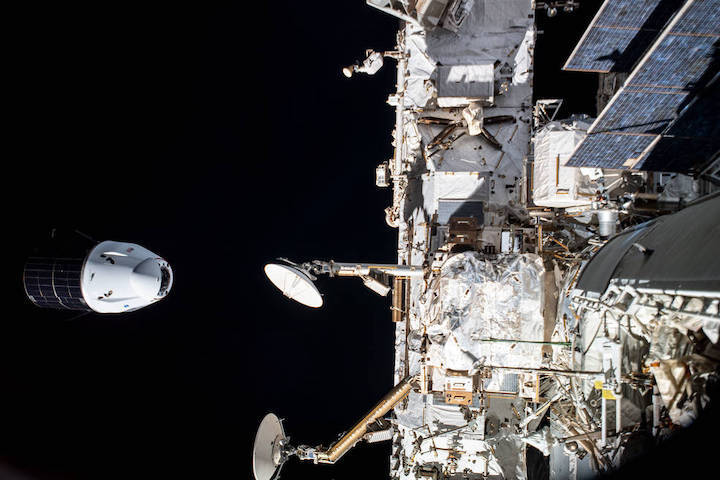The SpaceX Cargo Dragon resupply ship is photographed departing the International Space Station after it undocked from the Harmony module's space-facing international docking adapter on July 8, 2021.
Media accreditation is now open for SpaceX’s 25th cargo resupply mission for NASA to the International Space Station. Liftoff of the cargo Dragon spacecraft on a Falcon 9 rocket is targeted for 11:30 a.m. EDT Tuesday, June 7, from Launch Complex 39A at NASA’s Kennedy Space Center in Florida.
SpaceX’s Dragon spacecraft will deliver new science investigations, supplies, and equipment for the international crew, including a study of immune aging and potential for reversing those effects. It also will carry an investigation from a team of students at Stanford University that will test the process of creating biopolymer soil composite, a concrete alternative, in microgravity.
Media prelaunch and launch activities will take place at Kennedy. International media must apply by Monday, May 9, and U.S. media must apply by Thursday, May 19.
Media wishing to take part in person must apply for credentials at:
https://media.ksc.nasa.gov
Credentialed media will receive a confirmation email upon approval. For questions about accreditation or to request special logistical requests such as space for satellite trucks, tents, or electrical connections, please email: ksc-media-accreditat@mail.nasa.gov by Monday, May 30. For other questions, please contact Kennedy’s newsroom at: 321-867-2468.
Para obtener información sobre cobertura en español en el Centro Espacial Kennedy o si desea solicitar entrevistas en español, comuníquese con Antonia Jaramillo at: antonia.jaramillobotero@nasa.gov or 321-501-8425.
Other studies launching include an investigation looking at the behavior of sutures and wound healing in microgravity, as well as one studying how soil microorganisms function in space. Dragon's external cargo “trunk” will carry the Earth Surface Mineral Dust Source Investigation (EMIT) instrument and a Battery Charge/Discharge Unit as part of an investigation led by NASA’s Jet Propulsion Laboratory in Southern California. The EMIT instrument will be installed on the exterior of the space station to map mineral dust blown into the air on Earth to advance our understanding of dust’s effects throughout the Earth system and to human populations now and in the future.
Cargo resupply by U.S. companies significantly increases NASA's ability to conduct more investigations aboard the orbiting laboratory. Those investigations lead to new technologies, medical treatments, and products that improve life on Earth. Other U.S. government agencies, private industry, and academic and research institutions can also conduct microgravity research through our partnership with the ISS National Laboratory.
Humans have occupied the space station continuously since November 2000. In that time, 258 people and a variety of international and commercial spacecraft have visited the orbital outpost. It remains the springboard to NASA's next great leap in exploration, including future missions to the Moon under Artemis and eventually Mars.
Quelle: NASA
----
Update: 5.06.2022
.
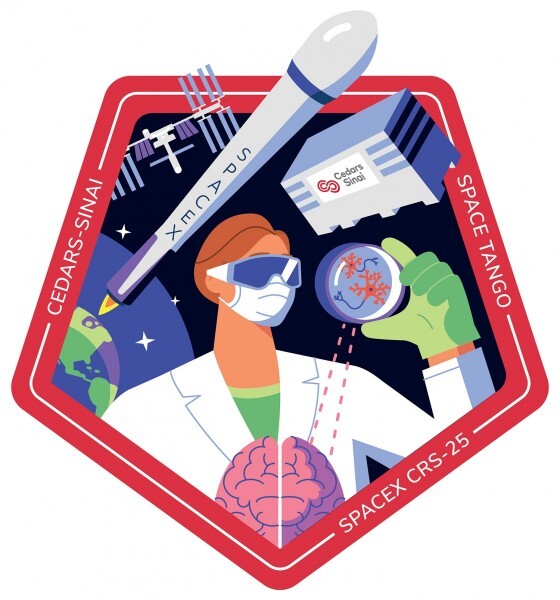
Cedars-Sinai Scientists Will Test Whether it is Possible to Produce Large Batches of Stem Cells in a Low Gravity Environment
WHAT:
Cedars-Sinai and Space Tango are launching pilot-scale systems for the in-space production of stem cells to see if they can elevate the next generation of stem cell and gene therapies by harnessing the near-zero gravity conditions of spaceflight.
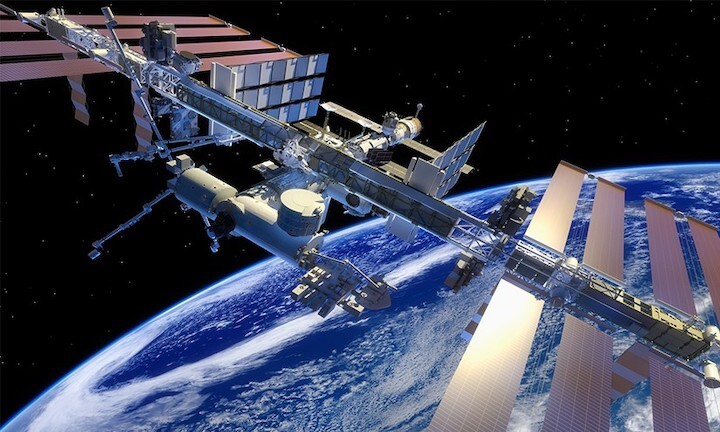
This mission, funded by a NASA Research Announcement award, will help researchers explore the effects of microgravity on induced pluripotent stem cells (iPSCs). The work can potentially lead to better ways to manufacture large numbers of cells in the absence of gravity.
Microgravity has become of great interest to stem cell scientists due to unique properties it grants to biological tissues and processes that could potentially help mass-produce cells or other products in a way that is not possible to do on Earth.
WHEN:
The launch to the International Space Station on SpaceX CRS-25 is currently scheduled for Thursday, June 9, at 10:45 a.m. ET.
Watch the launch live: NASA Live
WHO:
Clive Svendsen, PhD, executive director of the Cedars-Sinai Board of Governors Regenerative Medicine Institute and co-principal investigator on the mission.
Dhruv Sareen, PhD, executive director of the Cedars-Sinai Biomanufacturing Center and co-principal investigator on the mission.
MISSION DETAILS:
Launch Location: Kennedy Space Center, Cape Canaveral, Florida
Launch Provider: SpaceX
Launch Vehicle: Falcon 9
Capsule: Cargo Dragon
Quelle: Cedars-Sinai
----
Update: 8.06.2022
.
Cargo Dragon mission postponed to investigate potential propellant leak
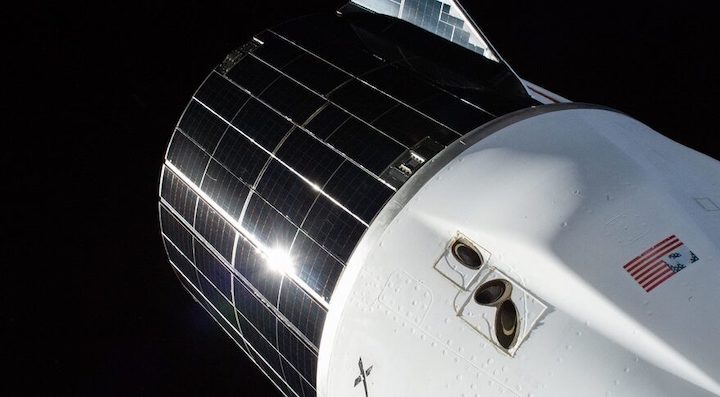
A cargo Dragon spacecraft docked to the International Space Station earlier this year, with several of its Draco thrusters visible. Credit: NASA
WASHINGTON — NASA and SpaceX have postponed the launch of a cargo Dragon mission to the International Space Station after discovering a potential propellant leak in the spacecraft’s thrusters.
In a statement late June 6, NASA said the launch of the CRS-25 mission, which had been scheduled for June 10, would be postponed after detecting “elevated vapor readings” of monomethyl hydrazine (MMH) in a portion of the spacecraft’s Draco thruster system. The cause of the elevated reading is under investigation.
The Dragon spacecraft uses Draco thrusters for orbital maneuvers, including approaching and departing the space station and to deorbit at the end of the mission. The thrusters use MMH and nitrogen tetroxide propellants, a storable, hypergolic combination. The cargo version of Dragon lacks the more powerful SuperDraco thrusters SpaceX developed for the abort system on the Crew Dragon spacecraft.
NASA said the elevated readings were detected when propellant was loaded into the spacecraft, but did not state when that took place other that the problem was “identified over the weekend.” NASA and SpaceX officials said they met June 6 to discuss the issue “and the best path forward.”
The agency said that the MMH and nitrogen tetroxide propellants had been offloaded from Dragon to allow engineers to investigate the problem. “Once the exact source of the elevated readings is identified and cause is determined, the joint NASA and SpaceX teams will determine and announce a new target launch date,” it stated.
The Dragon will deliver more than two tons of supplies and equipment to the ISS. Among the science payloads on the mission, highlighted in a NASA briefing June 2, include an Earth science instrument that will study mineral dust in the atmosphere, experiments to study how sutured wounds heal in microgravity and aging of the immune system, and a student-developed experiment that will use biopolymers to create bricks from materials like those found in lunar and Martian regolith.
The thruster problem is the second issue to involve a Dragon spacecraft in recent weeks. NASA said May 24 that SpaceX was replacing the heat shield structure for the next Crew Dragon spacecraft, which will launch in September on the Crew-5 mission. That heat shield failed an acceptance test earlier in May.
NASA revealed the heat shield issue in a statement that denied a published report that there had been a leak of hypergolic propellants during the reentry of the Crew Dragon spacecraft that flew the Ax-1 private astronaut mission in April, damaging the heat shield.
“The data associated with Dragon’s recent crew reentries was normal — the system performed as designed without dispute,” the agency stated last month. “There has not been a hypergol leak during the return of a crewed Dragon mission nor any contamination with the heat shield causing excessive wear.”
Quelle: SN
----
Update: 15.06.2022
.
SpaceX cargo launch to space station delayed 2 more weeks, to July 11
Technicians need to replace a part on SpaceX's Dragon capsule before the mission can lift off.
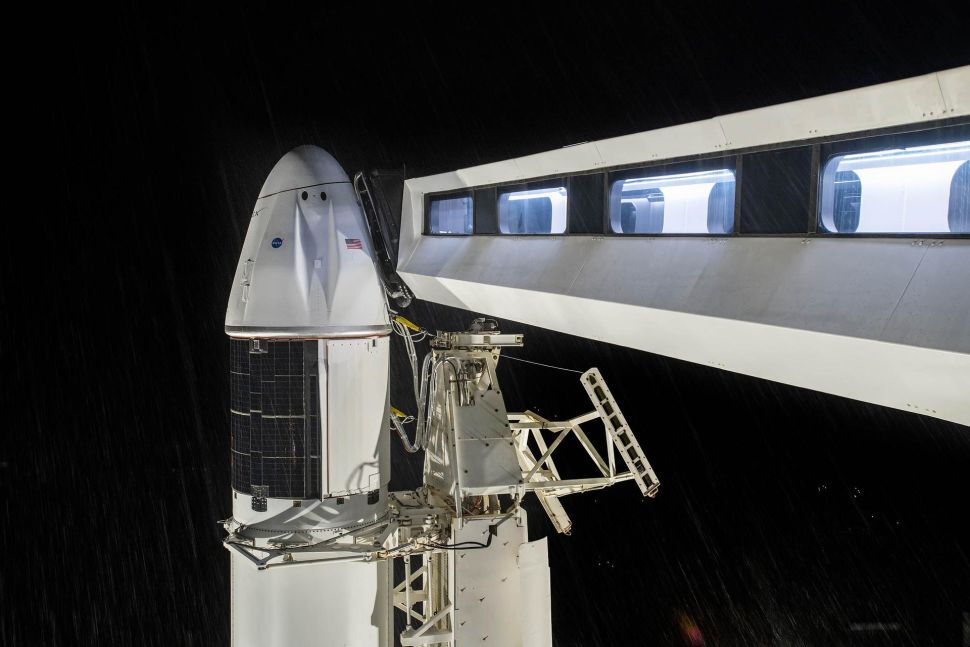
The launch of SpaceX's next cargo mission has been pushed back at least two more weeks, to no earlier than July 11.
The mission, called CRS-25, will send a robotic SpaceX Dragon capsule toward the International Space Station atop a Falcon 9 rocket. CRS-25 was originally scheduled to launch on June 10, but NASA and SpaceX pushed the target date back to June 28 after noticing elevated vapor levels of hydrazine — the propellant used by Dragon's Draco thrusters — in part of the spacecraft's propulsion system.
But there will be an additional delay for CRS-25, NASA announced today (June 13).
"After offloading propellant from that region [of Dragon's propulsion system], SpaceX was able to narrow down the source of the issue to a Draco thruster valve inlet joint," agency officials wrote in an update today(opens in new tab).
"Teams will now remove the specific hardware to replace it ahead of flight. NASA and SpaceX are now targeting no earlier than July 11 for launch of the CRS-25 cargo resupply mission to the International Space Station," they added.
CRS-25 will be the 25th uncrewed resupply mission that SpaceX flies to the orbiting lab for NASA. The company also holds a contract with the agency to fly astronauts to and from the station and has launched five such crewed missions to date, counting a two-person test flight that lifted off in May 2020.
CRS-25 won't be the first flight for this particular Dragon capsule. The spacecraft also launched on cargo missions to the station in December 2020 and August 2021.
Quelle: SC
----
Update: 3.07.2022
.
NASA, SpaceX Target New Launch Date for Commercial Cargo Mission
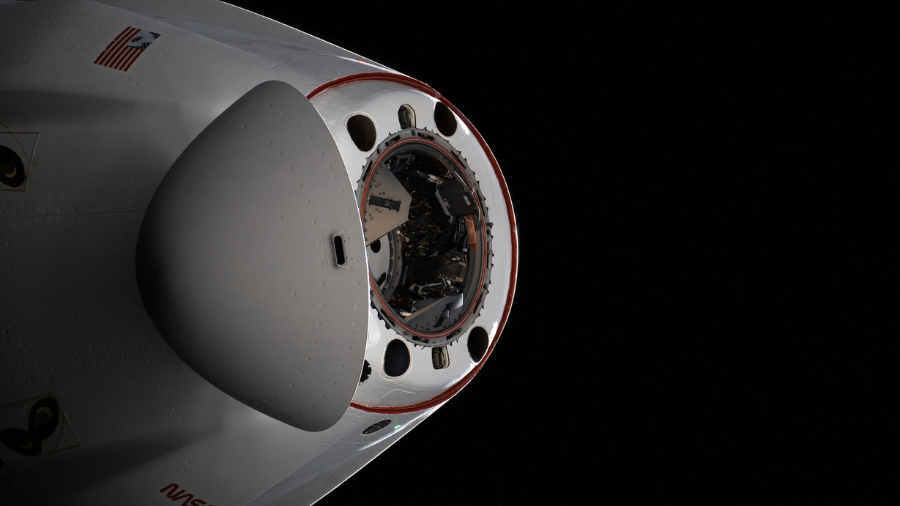
The pressurized capsule of the SpaceX Cargo Dragon resupply ship with its nose cone open is pictured as the vehicle departs the International Space Station on Jan. 23, 2022.
NASA and SpaceX now are targeting no earlier than Thursday, July 14, for launch of the CRS-25 commercial resupply services mission to the International Space Station. The new target launch date supports ongoing Dragon spacecraft inspections as well as repair and replacement of any components that could have degraded by exposure to mono-methyl hydrazine (MMH) vapor found during testing in early June. In order to allow a more detailed off-vehicle inspection of the parachutes, the SpaceX team made the decision to replace the main parachutes on this spacecraft.
The new date also allows for launch of the uncrewed cargo mission for the earliest possible rendezvous opportunity with the International Space Station following the upcoming high-beta angle period when the sun angle with space station’s orbital plane causes problems with thermal and power generation at the microgravity laboratory in the planned docking attitude for visiting spacecraft.
Quelle: NASA
----
Update: 11.07.2022
.
NSF-FUNDED RESEARCH TO IMPROVE MANUFACTURING OF EVERYDAY PRODUCTS AND MEDICINES WILL LAUNCH ON SPACEX CRS-25
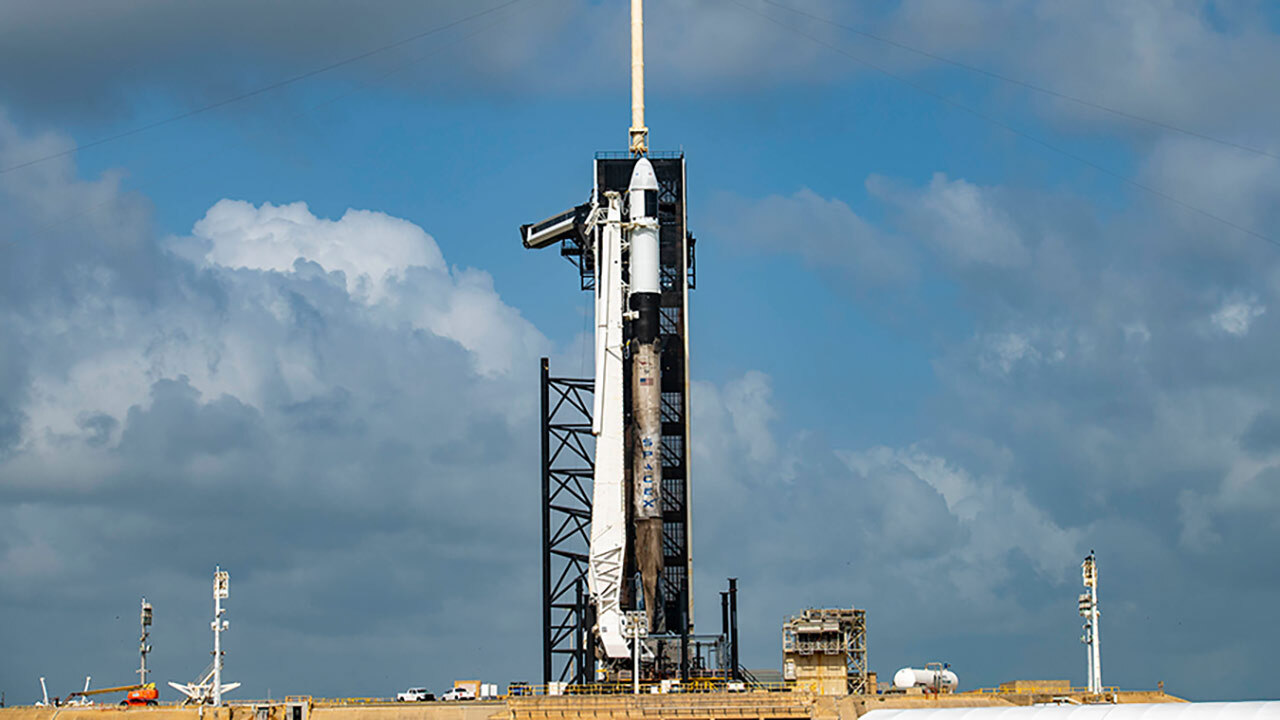
KENNEDY SPACE CENTER (FL), July 7, 2022 – From salad dressing to foam body wash, many everyday products could get an eco-friendly upgrade thanks to microgravity research. The City College of New York (CCNY) is launching an investigation to the International Space Station (ISS) on SpaceX’s 25th Commercial Resupply Services (CRS) mission to test more eco-friendly ways to create foam products (which consist of gas bubbles dispersed in liquids or solids) and products made through emulsion (when tiny droplets of one liquid are dispersed in another fluid).
However, this is not the only investigation on SpaceX CRS-25 aiming to improve products used by millions of people worldwide. Researchers from Arizona State University and Rensselaer Polytechnic Institute (RPI) are leveraging the ISS National Laboratory to improve the mass production of pharmaceuticals like vaccines. These investigations are funded by the U.S. National Science Foundation (NSF) and seek to use the unique space environment to help answer scientific questions that have been challenging to address on the ground.
Using Microgravity to Manufacture Environmentally Friendly Foams and Emulsions
The investigation from CCNY has two parts: One aims to study whether it is possible to use eco-friendly nanoparticles instead of surfactants to stabilize foams and emulsions. Surfactants are chemical compounds that stabilize the interface between liquid and air or between two liquids that do not mix, such as oil and water. The other part of the project aims to address a 135-year-old question regarding the optimal packing structure of dry foams. It will look at how bubbles pack together at the most basic level. An optimal packing structure has been predicted for decades but has never been observed in free foams.
On the ISS, microfluidic devices will generate foams and emulsions, which the research team will analyze using an optical microscope in microgravity—an ideal environment for the experiment, said Jing Fan, an assistant professor in mechanical engineering at CCNY who is one of the investigators leading the project.
Microgravity is helpful because it will preserve the foams and emulsions over the several hours it takes to test whether nanoparticles can be used to stabilize them. On Earth, the effects of gravity cause foams and emulsions to break down and drain too quickly. Additionally, in the absence of gravity, the bubbles and droplets that make up dry foams can assemble without being confined in a container. This allows the researchers to study the most efficient packing structure for the foams.
“Hopefully, we can get some results that simply cannot be obtained on the ground,” Fan said. “This could help us find solutions to problems we have faced for decades when attempting to pack and stabilize foams and emulsions for commercial use.”
Paving a Path for Improved Vaccine and Pharmaceutical Manufacturing
Protein aggregation (clustering) is a significant limitation in pharmaceutical manufacturing that reduces the quality and yield of many medicines and vaccines. Researchers from Arizona State and RPI are using microgravity conditions on the ISS to address this problem. The research team will develop and test predictive models for understanding and controlling hydrodynamics (the forces acting on or exerted by fluids) that cause protein aggregation during drug development.
Once the investigation is on the ISS, the researchers will study the flow and aggregation of common proteins found in human blood. They will do this by spinning a one-inch-diameter droplet of protein solution in a motorized module and observing as it experiences what scientists call “shear,” meaning the force of two fluids sliding past each other. Using the motorized module in microgravity allows the researchers to study the actions of proteins in a containerless liquid system without solid walls. In this system, the protein solution behaves in a way that is more similar to proteins surrounded by soft tissue in the human body. This is because a film tends to form on the liquid surface of the drop, resulting in confinement of the drop that is more like soft tissue than rigid container walls.
Microgravity is needed because on Earth, such a large droplet of protein solution would break up due to gravitational instabilities. However, in the absence of gravity, the droplet remains stable, explained Juan Lopez, an applied mathematics professor at Arizona State who is one of the investigators leading the project. This will allow the research team to watch the droplet over several hours to determine what causes protein aggregation and develop predictive models.
“When we first engineered this novel experiment, there was the initial euphoria of just succeeding at getting it to work in microgravity,” Lopez said. “Now, we’re moving away from experiment design to get into the nitty-gritty of teasing out the science.”
Results could have widespread implications, as most of the vaccines we use today are protein-based. Lopez said it is essential to understand how shear affects proteins, which is always present in large-batch pharmaceutical production. Predicting the effects of shear could help researchers figure out what to do to mitigate undesirable results in pharmaceutical manufacturing.
These are just two of more than 15 ISS National Lab-sponsored payloads onboard SpaceX CRS-25, which is set to launch from Kennedy Space Center no earlier than July 14 at 8:44 p.m. EDT. Please visit our mission overview page to learn more about all ISS National Lab-sponsored research on SpaceX CRS-25.
Quelle: ISS NATIONAL LABORATORY
----
Update: 15.07.2022
.
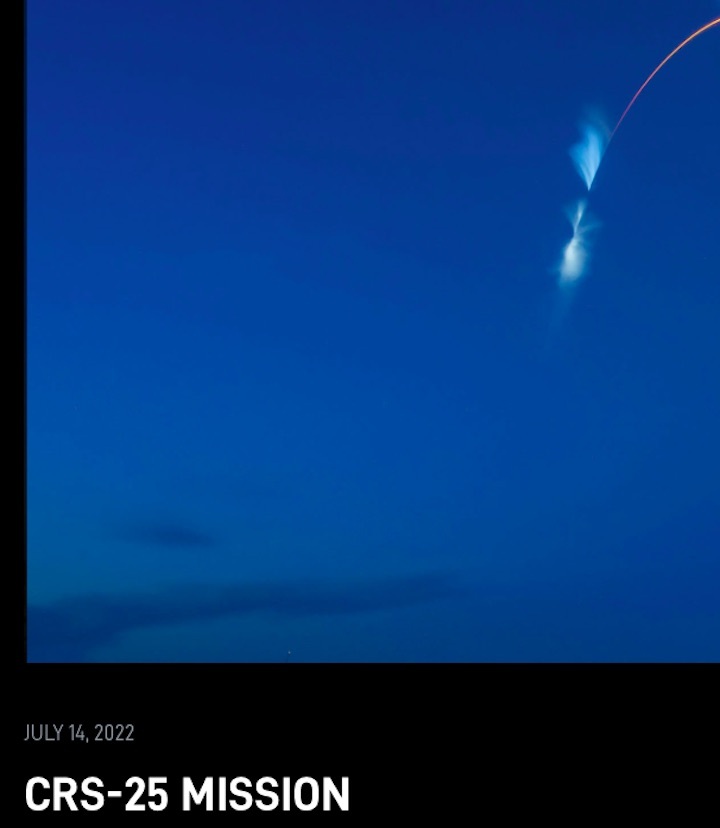
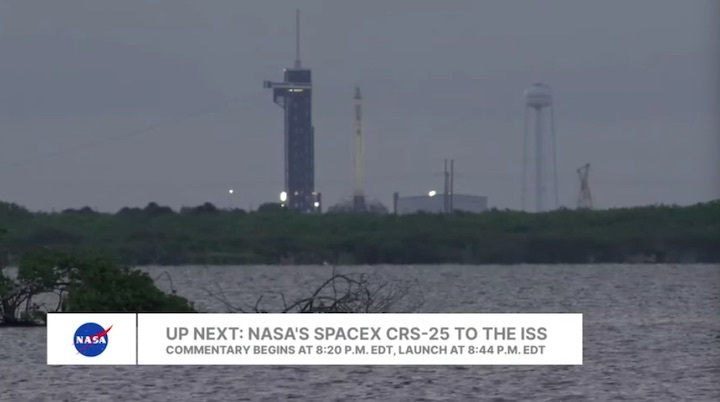
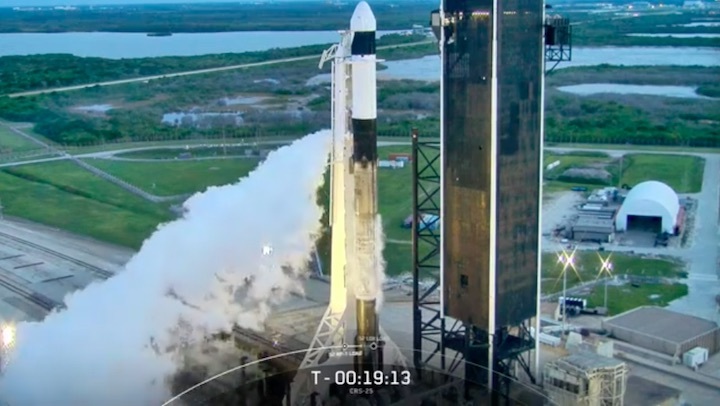
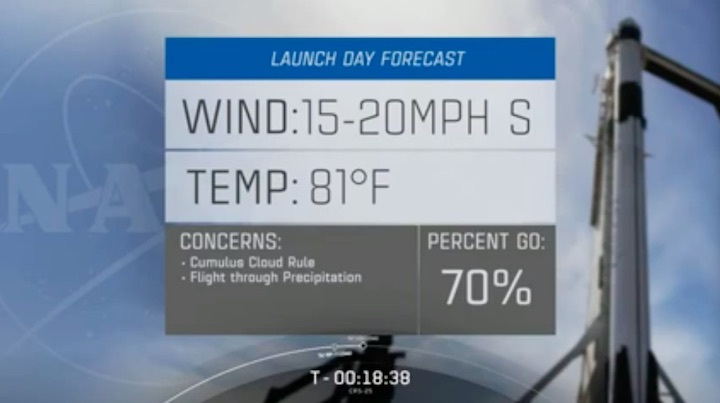
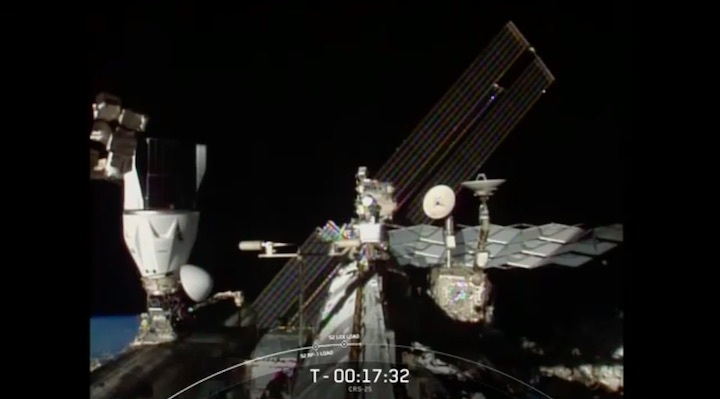
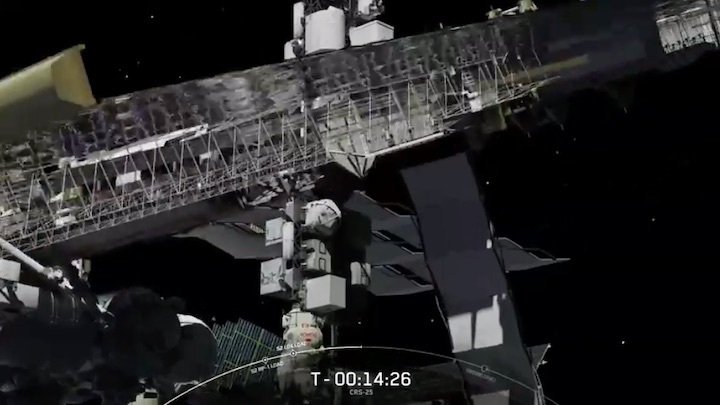
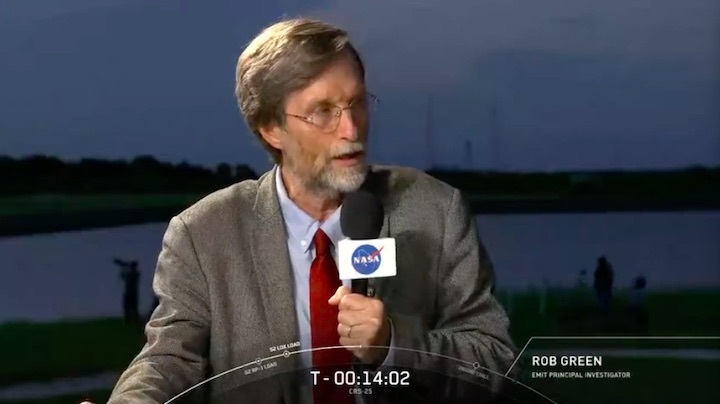
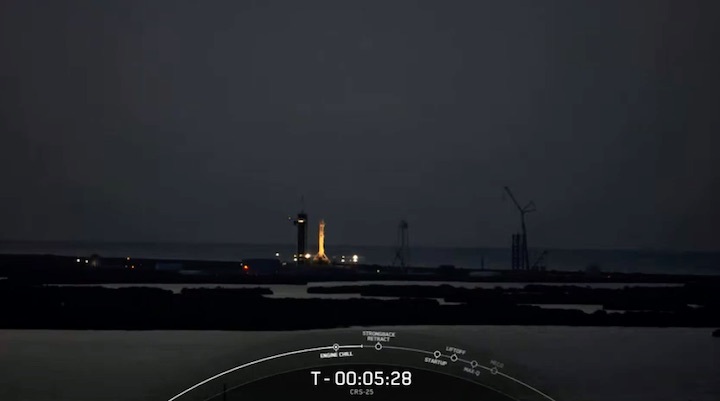
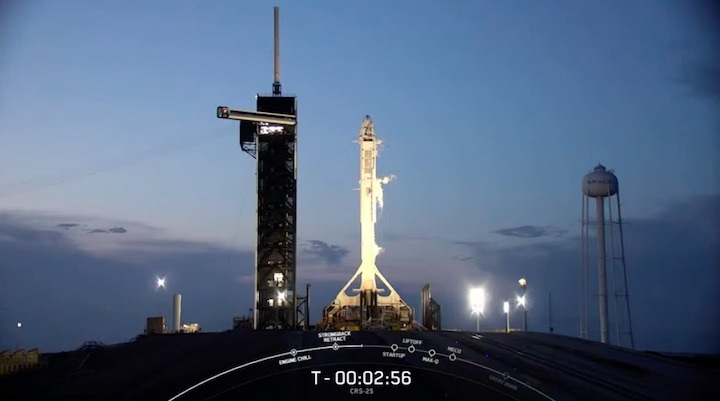
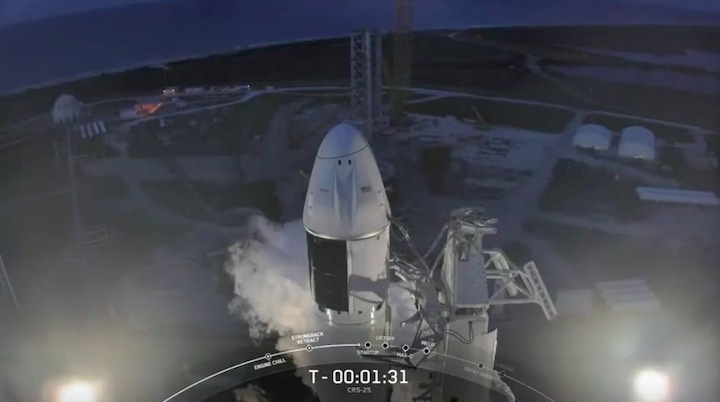

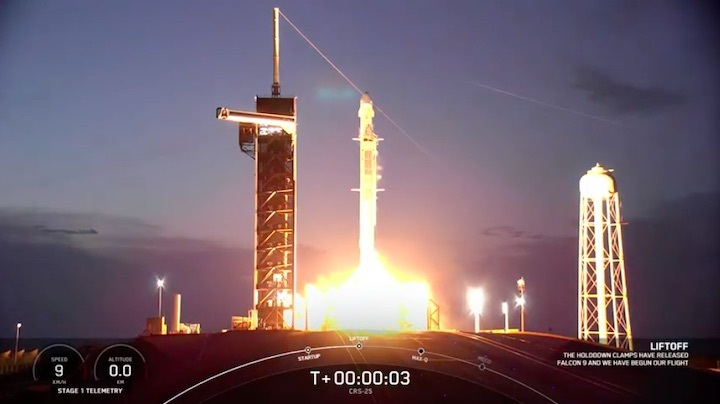
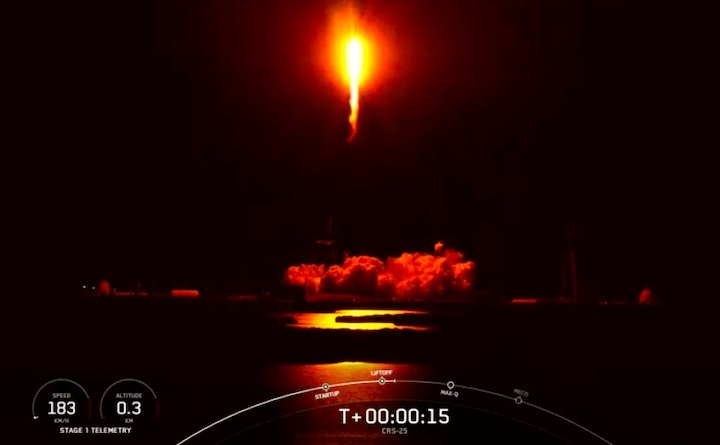
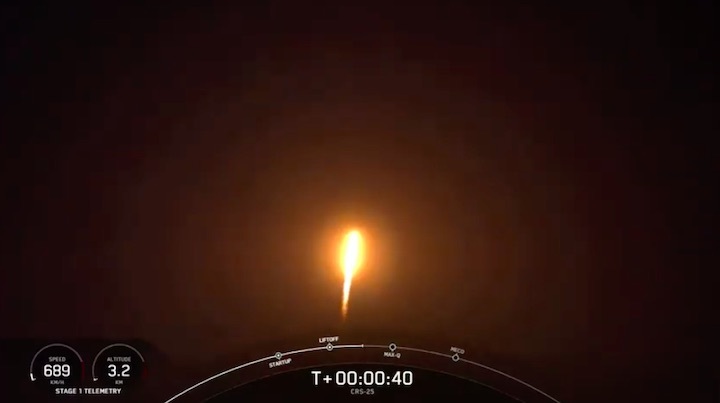
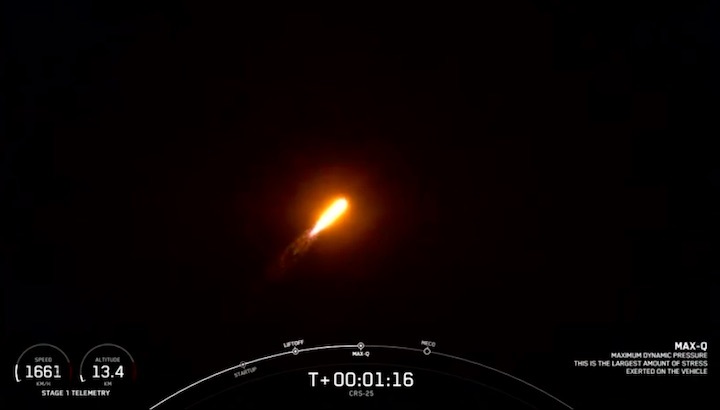
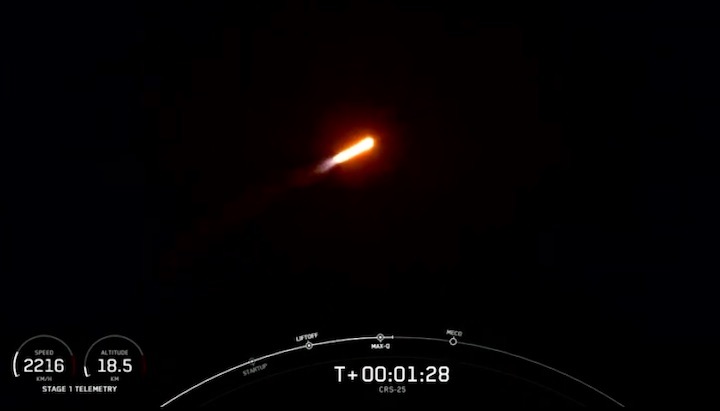
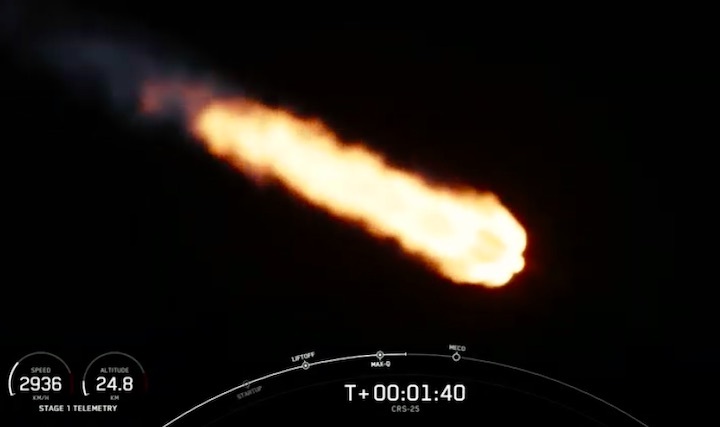
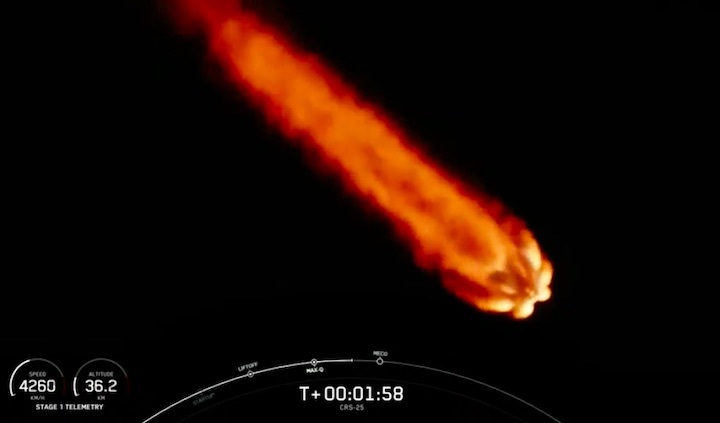
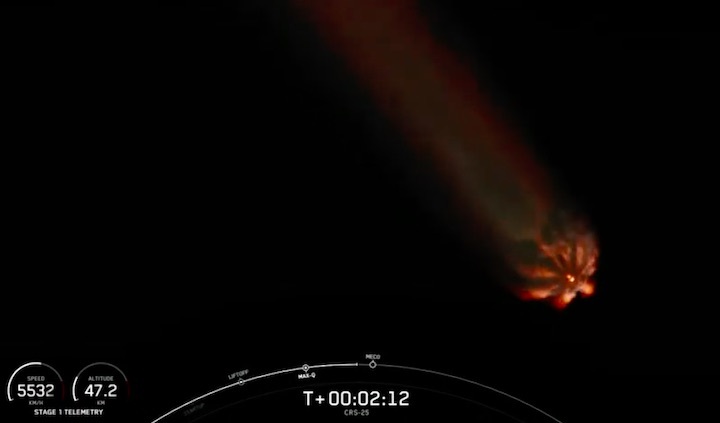
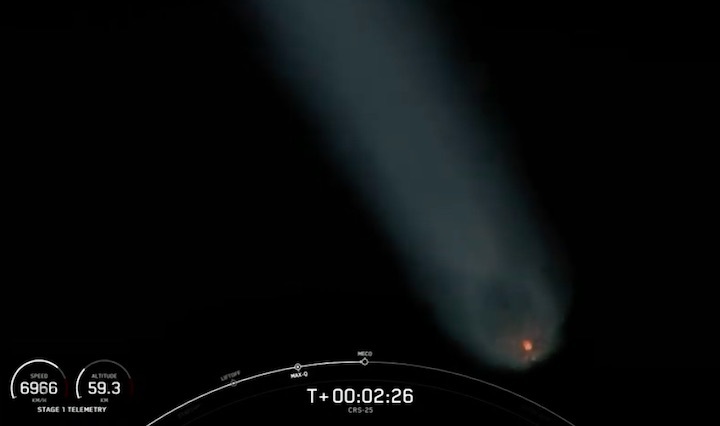
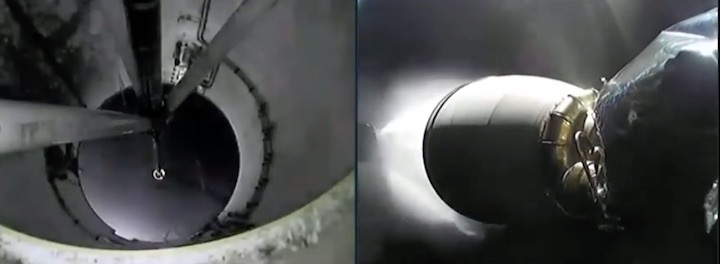
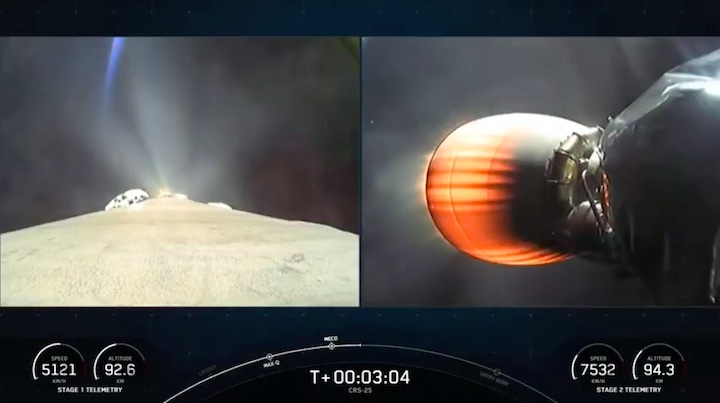
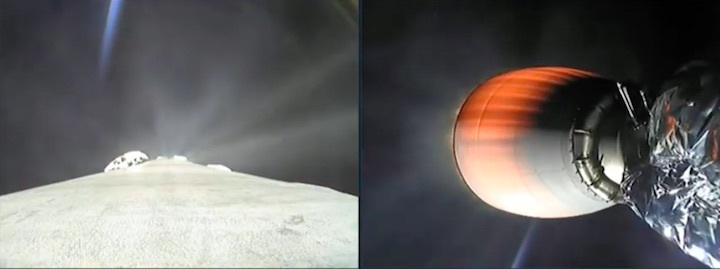
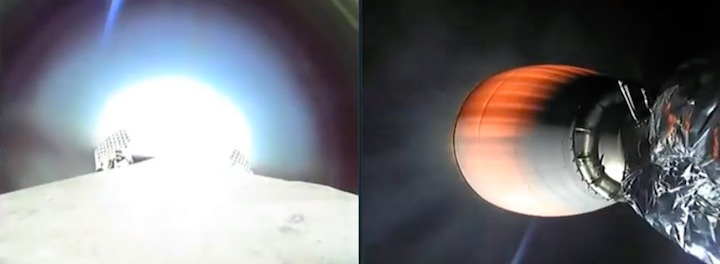
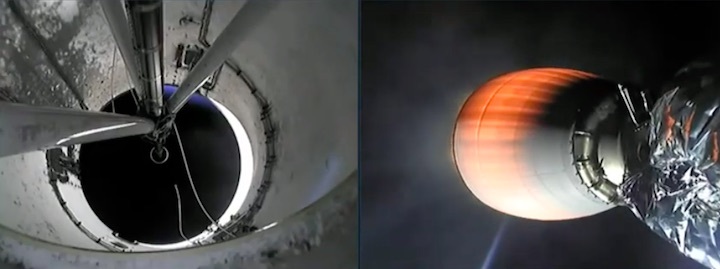
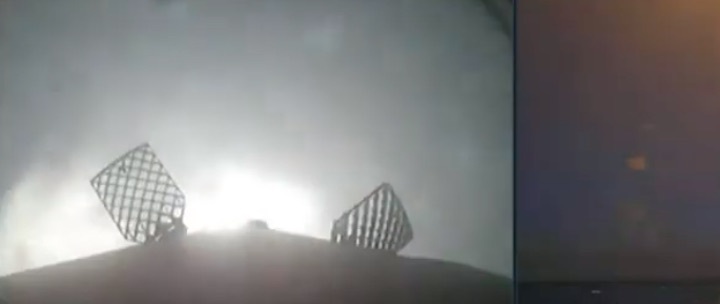
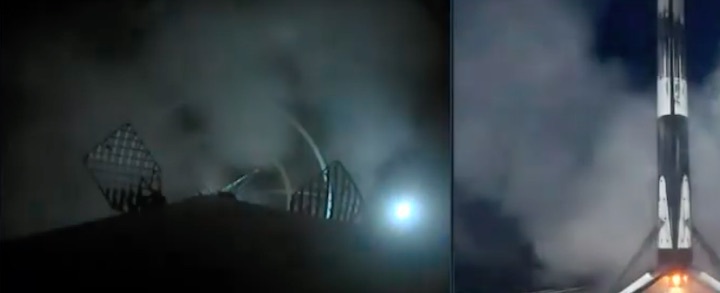
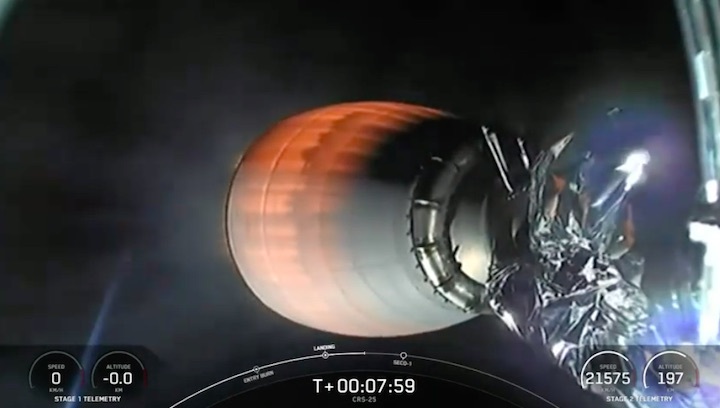
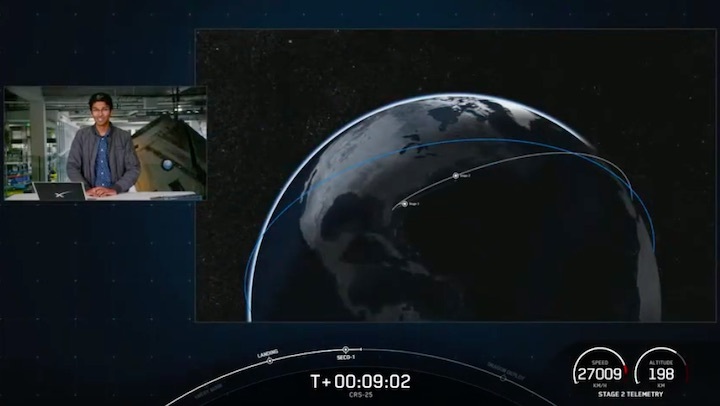
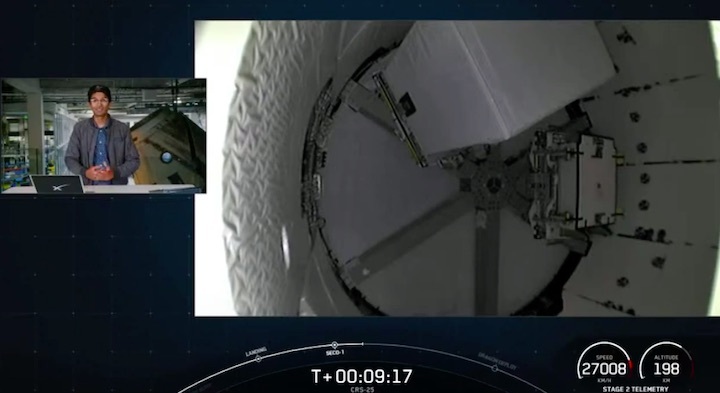
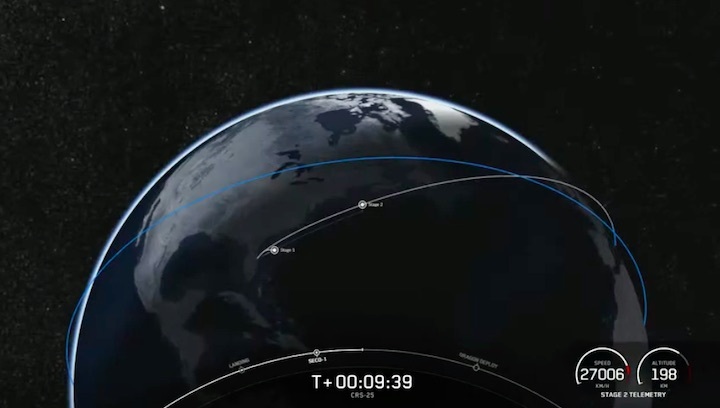
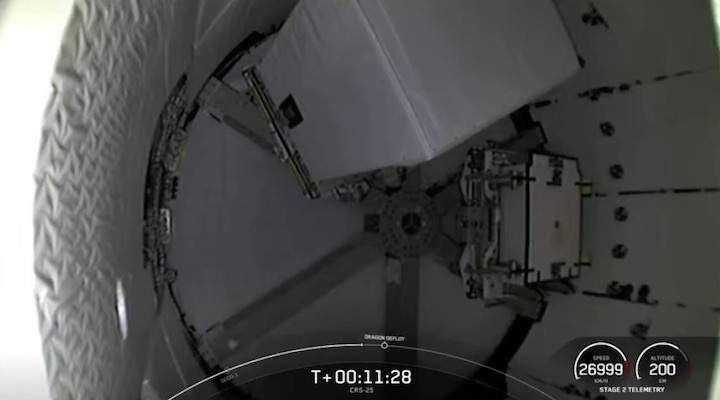
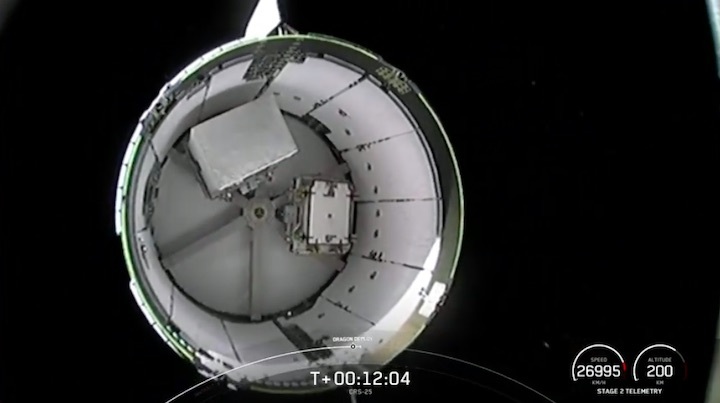
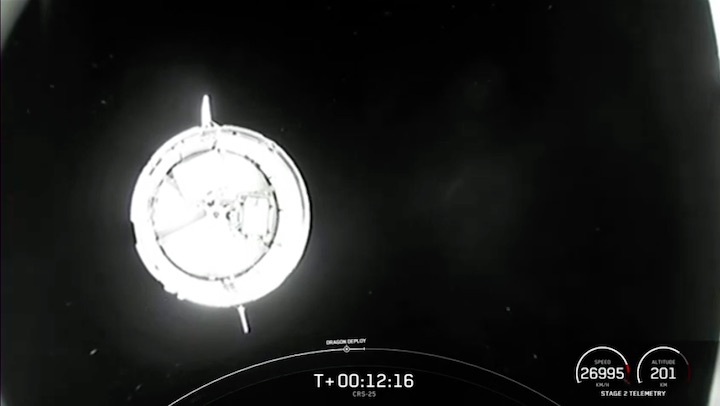
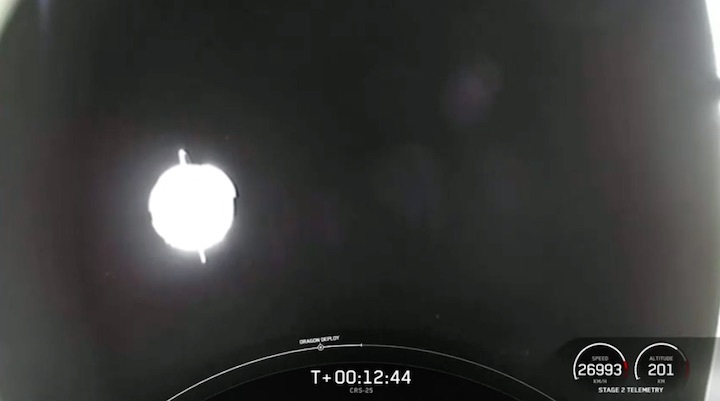
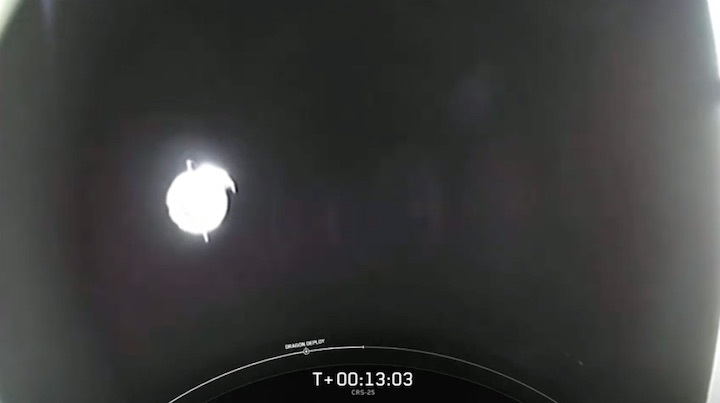
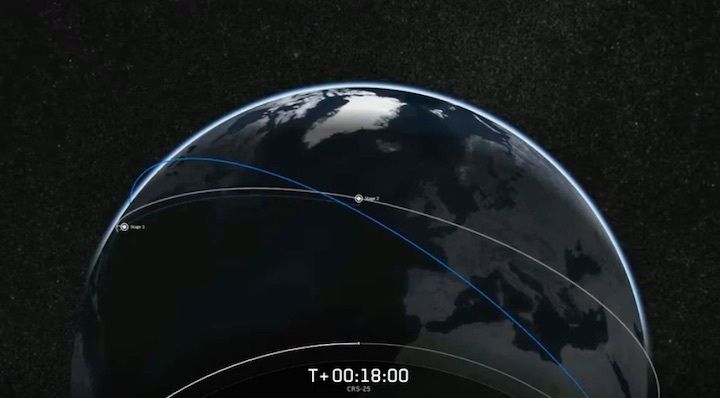
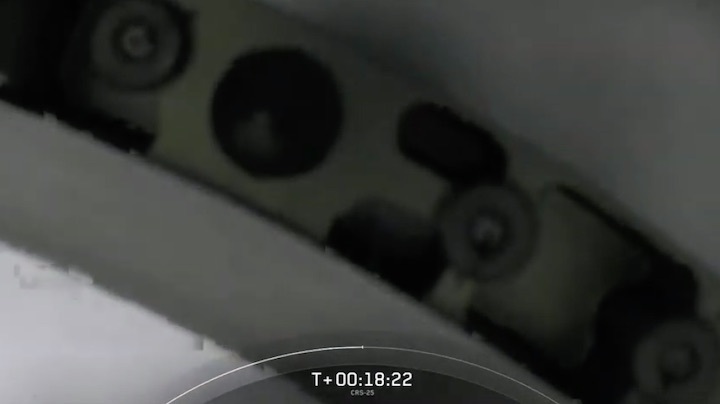
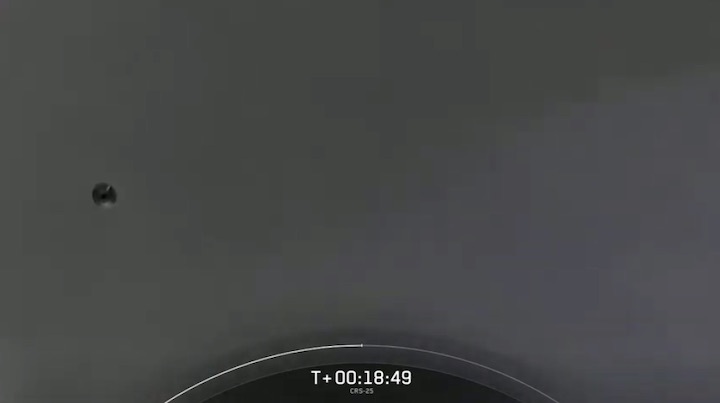
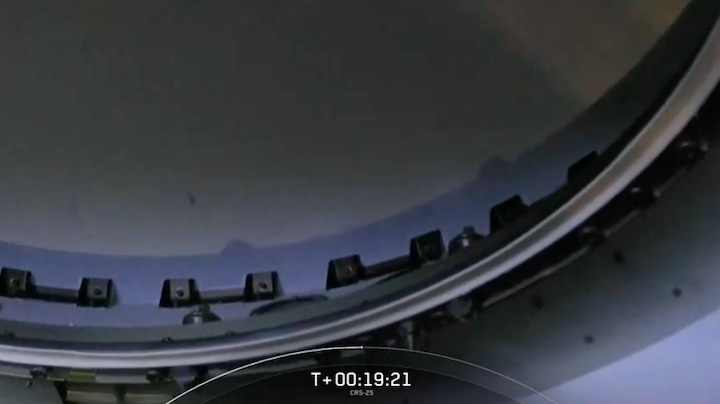
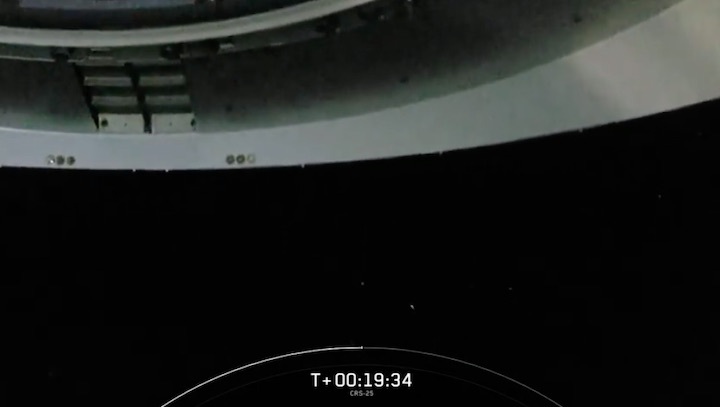
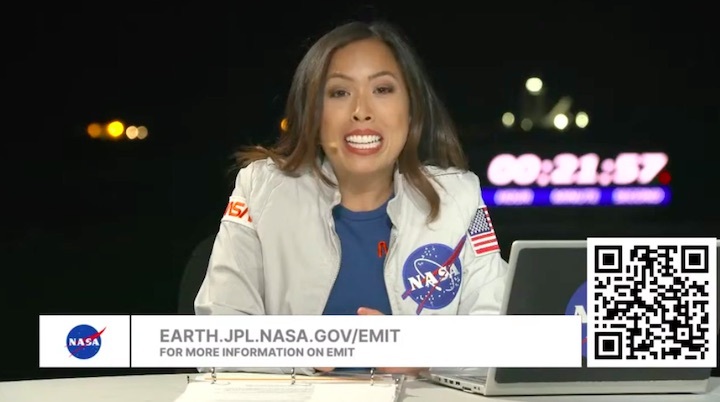
Quelle: SpaceX
